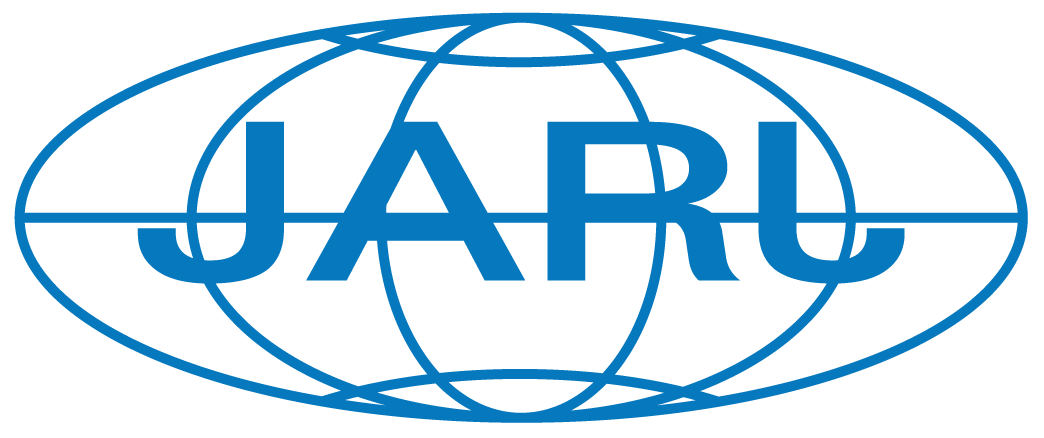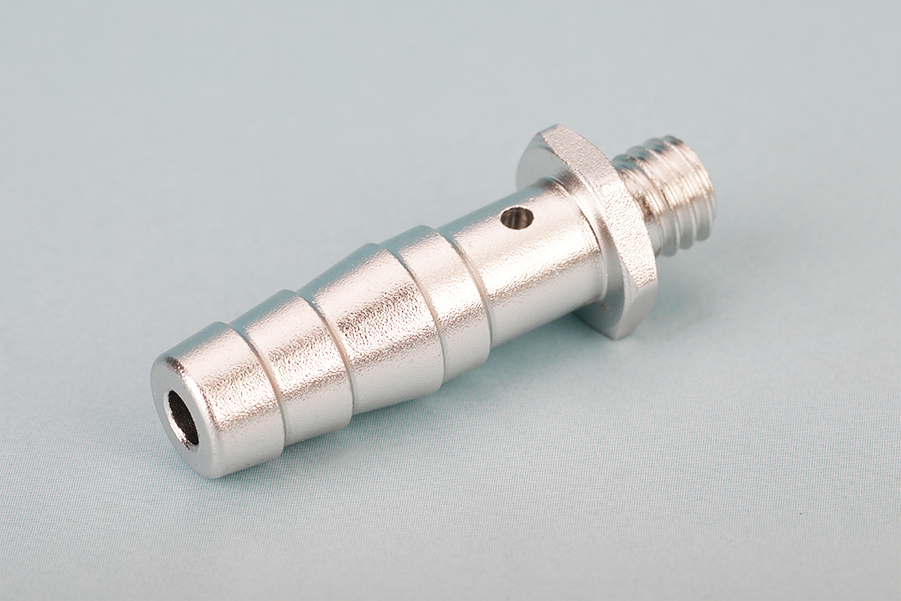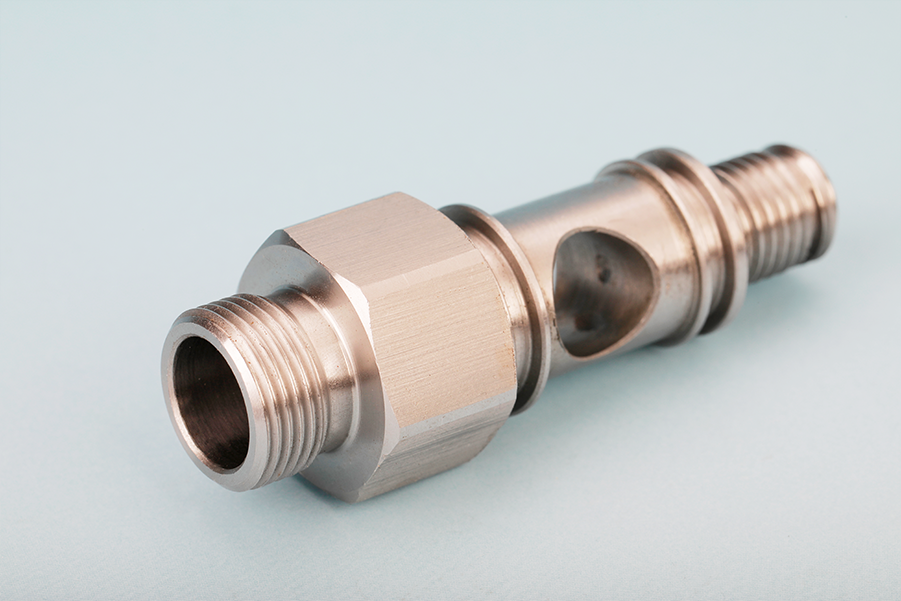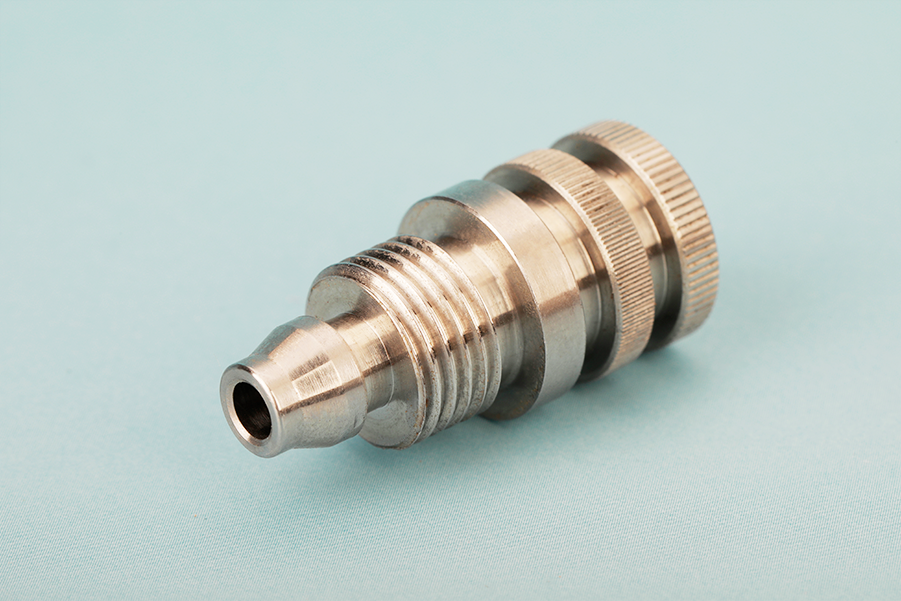Understanding Tolerances in Small Precision Parts Manufacturing: A Comprehensive Guide
Release Time:
Jul 26,2025
Understanding Tolerances in Small Precision Parts Manufacturing Table of Contents What Are Tolerances in Manufacturing? The Importance of Tolerances in Small Parts Manufacturing Types of Tolerances in Precision Engineering Dimensional Tolerances Geometrical Tolerances Measuring Tolerances Accurately Tools for Measuring
Understanding Tolerances in Small Precision Parts Manufacturing
Table of Contents
- What Are Tolerances in Manufacturing?
- The Importance of Tolerances in Small Parts Manufacturing
- Types of Tolerances in Precision Engineering
- Measuring Tolerances Accurately
- Achieving Desired Tolerances in Manufacturing Processes
- Tolerances in Different Industries
- Challenges in Achieving Tolerances
- The Future of Tolerances in Small Parts Manufacturing
- FAQs About Tolerances in Small Precision Parts
What Are Tolerances in Manufacturing?
Tolerances refer to the allowable variation in a physical dimension of a manufactured part. In small precision parts manufacturing, tolerances are critical because they determine how much deviation from the desired dimension is acceptable. This concept is essential for achieving the compatibility of various components in assemblies, ensuring that they fit and work together correctly.
Understanding tolerances involves recognizing that no manufacturing process is perfect. Even under the most controlled conditions, small discrepancies can occur. The goal is to minimize these discrepancies, ensuring that the final products meet specifications while remaining cost-effective.
The Importance of Tolerances in Small Parts Manufacturing
In the realm of small precision parts manufacturing, tolerances are pivotal for several reasons:
1. **Quality Assurance**: Tolerances help maintain the quality of components, ensuring they meet customer expectations and industry standards.
2. **Interchangeability**: Parts manufactured with precise tolerances can be easily replaced or interchanged without compromising performance.
3. **Functionality**: The functionality of mechanical systems relies heavily on the precise dimensions of parts. Incorrect tolerances can lead to malfunctions.
4. **Cost Efficiency**: Properly defined tolerances can minimize waste, reduce rework, and optimize material usage, leading to cost savings.
Types of Tolerances in Precision Engineering
Understanding the types of tolerances is essential for manufacturers. Here are the two primary categories to consider:
Dimensional Tolerances
Dimensional tolerances specify the permissible limits of variation in physical dimensions. They are often expressed as a range, such as ±0.01 mm. This type of tolerance is crucial for ensuring that parts fit together correctly without excessive gaps or friction.
Geometrical Tolerances
Geometrical tolerances define the allowable deviation in the shape and location of features on a part. They encompass aspects like flatness, circularity, and parallelism. These tolerances ensure not only that parts fit together but also that they perform their intended functions reliably.
Measuring Tolerances Accurately
Accurate measurement of tolerances is essential for quality control in manufacturing. Various tools and techniques can be employed to ensure precision.
Tools for Measuring Tolerances
Some common tools used for measuring tolerances include:
- **Calipers**: Used for measuring internal and external dimensions with high accuracy.
- **Micrometers**: Ideal for measuring small dimensions, offering precise readings.
- **Gauges**: These are used to check the dimensional characteristics of parts against specified tolerances.
- **Coordinate Measuring Machines (CMM)**: These advanced machines use computer-controlled probes to measure part dimensions in three-dimensional space.
Common Errors in Measurement
Despite the advanced tools available, errors can still occur. Common measurement errors include:
1. **Calibration Issues**: If measuring tools are not properly calibrated, they can yield inaccurate results.
2. **Operator Error**: Incorrect use of measuring instruments can lead to significant discrepancies.
3. **Environmental Factors**: Changes in temperature and humidity can affect measurements and material behavior.
Achieving Desired Tolerances in Manufacturing Processes
To achieve precise tolerances, manufacturers must employ specific techniques and adhere to robust quality control measures.
Machining Techniques for Precision
Several machining techniques are utilized to ensure that tolerances are met, including:
- **CNC Machining**: Computer Numerical Control (CNC) machining enables precise control over the manufacturing process, allowing for tight tolerances.
- **Turning and Milling**: These traditional methods are still widely used and can be adapted to meet various tolerance requirements.
- **Electrical Discharge Machining (EDM)**: This technique is particularly effective for hard materials and can achieve extremely fine tolerances.
Quality Control Methods for Tolerance Management
Quality control is essential for maintaining tolerances throughout the manufacturing process. Effective methods include:
- **Statistical Process Control (SPC)**: This method uses statistical techniques to monitor and control manufacturing processes.
- **Regular Inspections**: Conducting regular inspections of parts during production helps identify deviations from tolerances early in the process.
- **Final Product Testing**: Before shipping products, manufacturers should conduct tests to verify that they meet specified tolerances.
Tolerances in Different Industries
Different industries have varying requirements for tolerances based on their specific applications. Here are a few examples:
1. **Aerospace**: Requires extremely tight tolerances due to safety and performance concerns.
2. **Automotive**: Tolerances are critical for ensuring the proper fit and function of components.
3. **Medical Devices**: Strict tolerances are necessary to meet regulatory standards and ensure safety.
Challenges in Achieving Tolerances
While achieving desired tolerances is crucial, manufacturers often face challenges, including:
- **Material Properties**: Variations in material properties can affect how parts behave under different conditions.
- **Machine Limitations**: Not all machines can achieve the same level of precision, which can impact overall production quality.
- **Cost Constraints**: Striking a balance between precision and cost can be difficult, particularly for small production runs.
The Future of Tolerances in Small Parts Manufacturing
As technology continues to advance, the future of tolerances in small parts manufacturing is promising. Innovations such as additive manufacturing and advancements in sensor technology may enhance the capabilities of manufacturers to achieve even tighter tolerances.
Furthermore, the integration of Artificial Intelligence (AI) in manufacturing processes will likely lead to improved predictive maintenance and quality control, allowing manufacturers to maintain tolerances more effectively.
FAQs About Tolerances in Small Precision Parts
1. What is the difference between tolerances and allowances?
Tolerances refer to the permissible limits of variation in a dimension, while allowances are the intentional differences between the dimensions of mating parts to ensure proper fit.
2. How are tolerances specified in engineering drawings?
Tolerances are typically specified in engineering drawings using symbols or numerical values next to the dimensions of the part.
3. Why are tighter tolerances more expensive to achieve?
Tighter tolerances often require more advanced machining techniques, higher-quality materials, and additional quality control measures, all of which can increase production costs.
4. Can tolerances vary within the same part?
Yes, different features of the same part can have varying tolerances based on their function and importance in the assembly.
5. How does temperature affect tolerances in manufacturing?
Temperature changes can cause materials to expand or contract, potentially affecting the accuracy of dimensions and tolerances.
Conclusion
Understanding tolerances in small precision parts manufacturing is vital for ensuring quality, functionality, and cost-effectiveness. By grasping the different types of tolerances, measurement techniques, and the challenges associated with achieving them, manufacturers can enhance their processes and deliver superior products. As technology evolves, embracing new methods and innovations will be key to staying competitive in the ever-demanding landscape of precision manufacturing.
Related content




